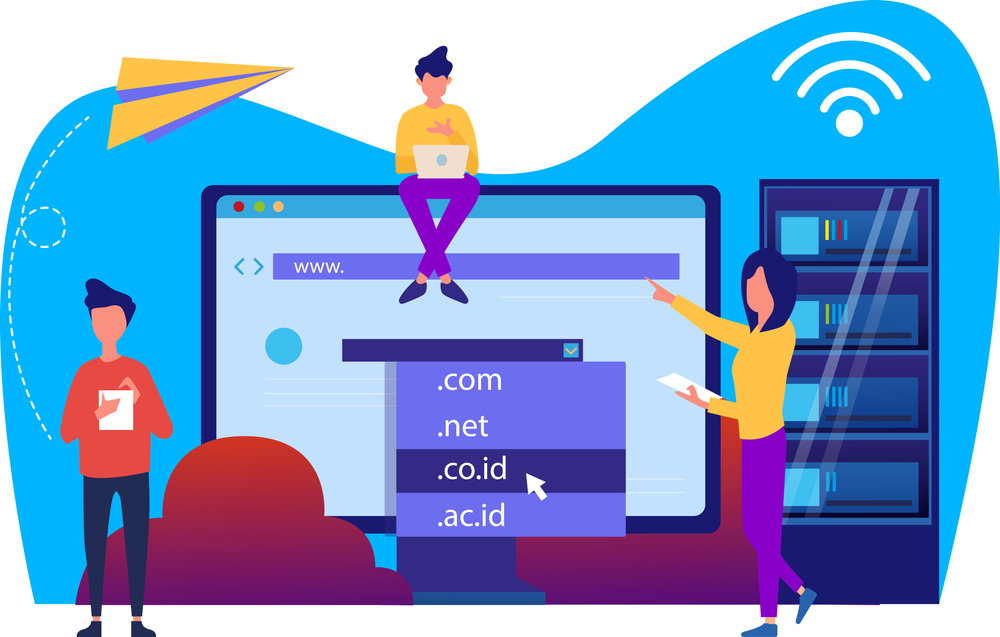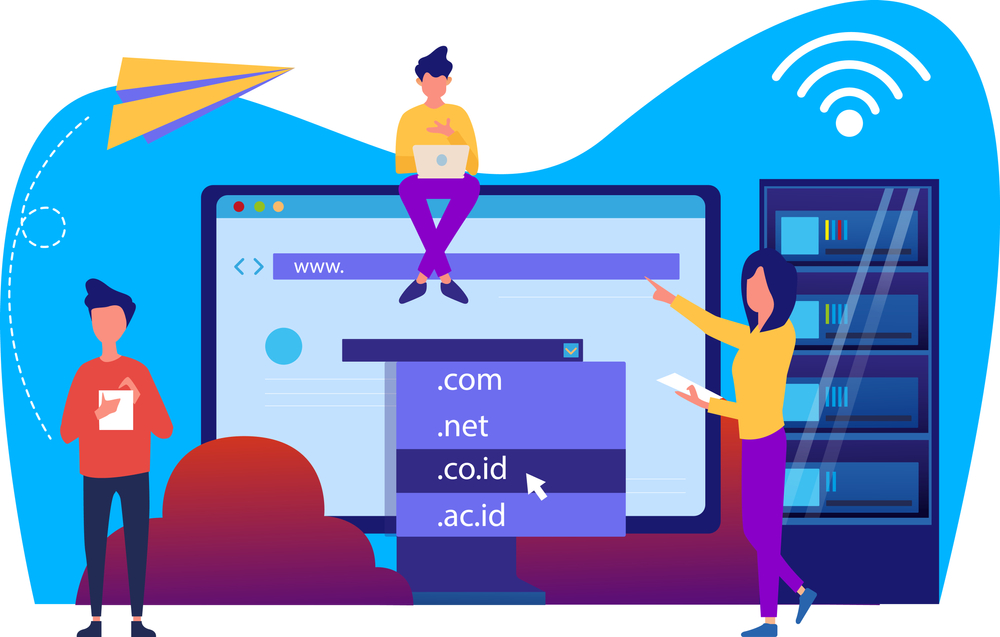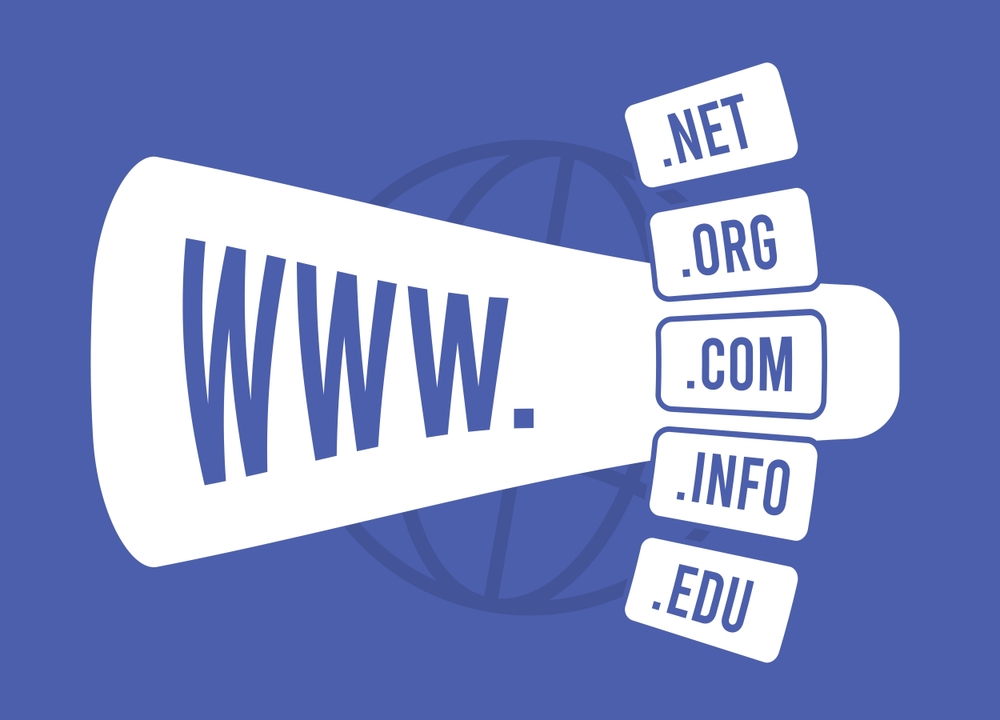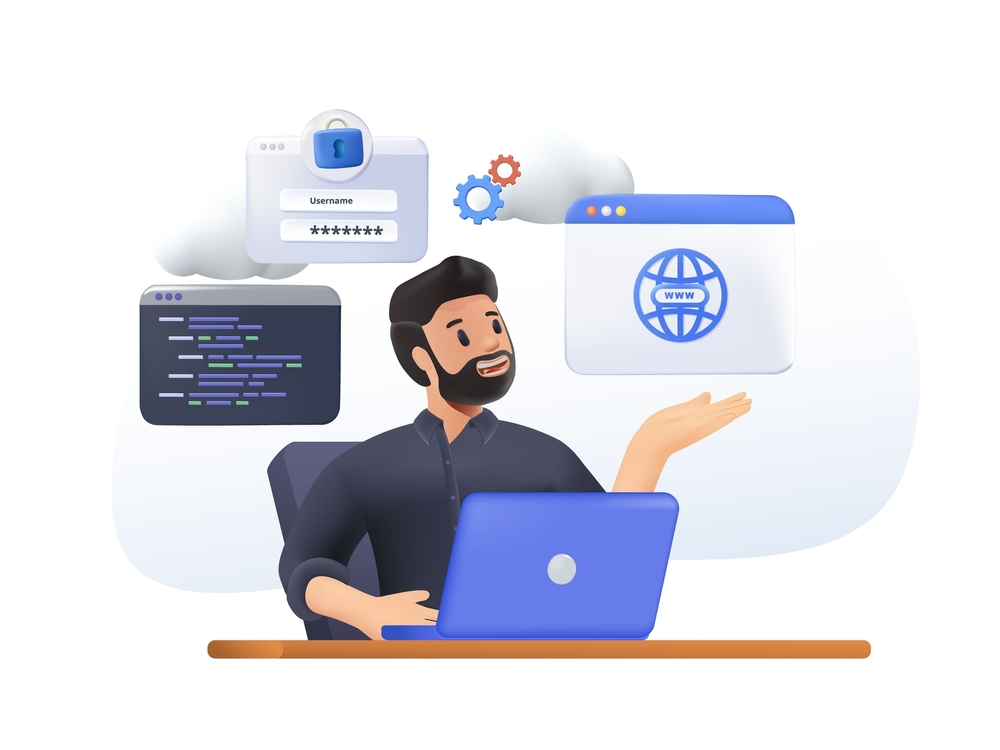Add Hostinger Domain to Cloudflare: Step-by-Step Guide
Introduction: Why Add Hostinger Domain to Cloudflare?
Integrating your Hostinger domain with Cloudflare is one of the best ways to supercharge your website.
When you add Hostinger domain to Cloudflare, you combine Hostinger’s reliable hosting with Cloudflare’s powerful global network, leading to faster loading speeds, better security, and a smoother user experience.
This guide will show you exactly how to add your Hostinger domain to Cloudflare, step-by-step, so you can enjoy a safer, faster website in just a few minutes.
Benefits of Connecting Domain to Cloudflare
Before we dive into the steps, here’s why you should add Hostinger domain to Cloudflare:
-
Global CDN Access: Distribute your site’s content across hundreds of global servers.
-
Enhanced Website Security: Built-in DDoS protection, firewall management, and bot filtering.
-
Free SSL Certificates: One-click HTTPS for better security and SEO.
-
Speed Optimization: Minify files, use Brotli compression, and load faster everywhere.
-
Better SEO Rankings: Faster, secure websites tend to rank higher on search engines.
Learn more about Cloudflare’s benefits.
How to Add Hostinger Domain to Cloudflare
Follow these simple steps to add your domain easily:
1. Create a Cloudflare Account
First, visit Cloudflare’s official website and click “Sign Up”.
Enter your email address and set a strong password to create a new account.
2. Add Your Hostinger Domain to Cloudflare
Once logged in:
-
Click “Add a Site”.
-
Enter your domain name (for example, yourwebsite.com) registered at Hostinger.
-
Click “Add Site” to proceed.
Cloudflare will now scan your existing DNS records.
3. Review Your DNS Records
Cloudflare will list your domain’s current DNS settings:
-
Check that all necessary records (A, CNAME, MX, TXT) are listed.
-
If anything is missing, manually add the records based on your Hostinger DNS.
Correct DNS records are crucial for avoiding site downtime when you add Hostinger domain to Cloudflare.
Need help checking your DNS records? Feel free to contact our experts for personalized assistance.
4. Choose a Cloudflare Plan
You’ll be asked to select a plan.
For most websites, the Free Plan is enough, offering CDN services, SSL, DDoS protection, and basic firewall options.
You can upgrade to a paid plan later if you need extra features like Web Application Firewall (WAF) or advanced caching.
5. Update Nameservers at Hostinger
Now, Cloudflare will show you two new nameservers.
To update nameservers:
-
Log into your Hostinger hPanel.
-
Go to Domains > Your Domain > Nameservers.
-
Select Use custom nameservers.
-
Enter the two Cloudflare nameservers provided.
-
Save the changes.
Note: DNS propagation may take from a few minutes up to 24 hours, but usually it’s much quicker.
6. Final Verification
After updating nameservers:
-
Return to your Cloudflare dashboard.
-
Click “Done, check nameservers”.
-
Cloudflare will start monitoring for the changes.
Once verified, your Hostinger domain is officially connected to Cloudflare!
Additional Cloudflare Settings You Should Enable
Once you successfully add Hostinger domain to Cloudflare, take a few minutes to optimize these settings:
-
SSL/TLS Settings: Set SSL mode to Full to ensure end-to-end encryption.
-
Speed Settings: Enable Auto Minify for CSS, JS, and HTML files, and activate Brotli Compression.
-
Page Rules: Create rules like “Always Use HTTPS” to force secure browsing.
-
Firewall Rules: Set simple security rules to block bad bots and suspicious traffic.
You can check Cloudflare’s detailed optimization tips for advanced settings.

Common Issues and Troubleshooting
After you add Hostinger domain to Cloudflare, you might face minor issues like:
-
SSL Errors: If your site shows a security error, switch SSL/TLS mode from Flexible to Full.
-
Website Downtime: Ensure all your A and CNAME records point to the correct IP addresses.
-
Email Problems: Ensure your MX records are correctly set and that email traffic is not routed through Cloudflare.
Most issues are minor and can be quickly fixed through the Cloudflare dashboard.
Conclusion: Add Domain to Cloudflare for a Faster, Safer Website
Successfully adding your domain to Cloudflare unlocks a wide range of benefits for your website — faster loading speeds, stronger protection, and higher search rankings.
It’s a simple setup that can make a massive difference. Plus, it’s free!
If you run into any roadblocks or prefer professional assistance, don’t hesitate to contact our team.
We’re here to help you maximize your site’s performance and security with ease.













